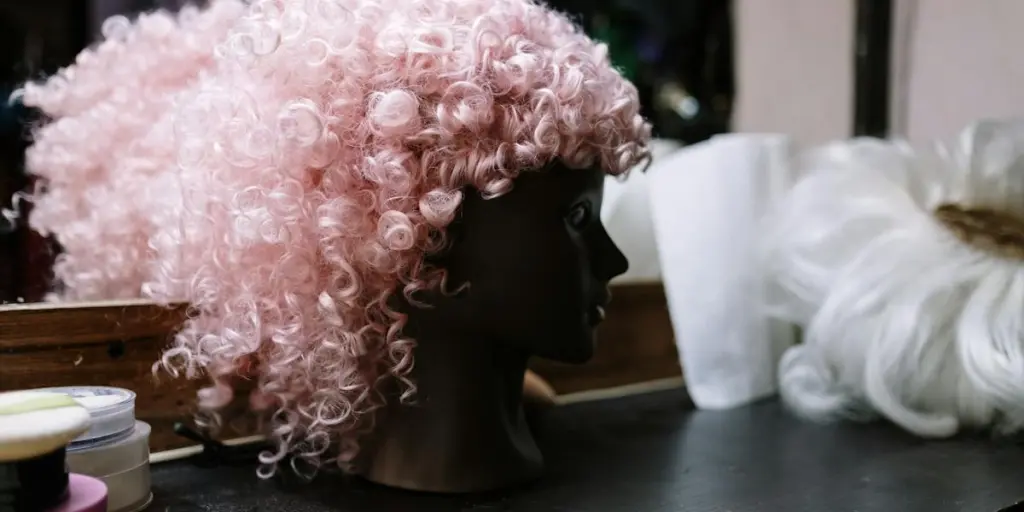Buyers are becoming more mindful of their impact on the environment. Nature-friendly products are in high demand as people pay particular attention to the clean and green intent behind their fragrances.
With fast changes in buyer demands, knowing what they want is key to keeping your business at the top of the game. Read on to learn about the five key trends shaping the fragrance industry in 2023.
Table of Contents
The market for clean and green fragrance
5 trends to watch in 2023
Getting on board with clean and green fragrance
The market for clean and green fragrance
The clean and green fragrance has a vague definition, but a simple way to describe it is scents that focus on sustainable practices, ethical sourcing of ingredients, and planet-friendly processes.
With increased awareness of clean fragrances, more and more people demand to know what goes into their scents.
Since 2018, the sales of clean fragrances have increased by 14% as reported by the IFFS. This goes to show that transparency in terms of the ingredients is becoming a need in the current market.
On a bigger scale, the prestige cosmetics & fragrances market is currently valued at $62.31 Billion USD in 2022 and predicts a 6.13% increase in CAGR by 2027.
At a global level, the United States is the largest contributor to the current market revenue, which amounts to $11,560 Million USD. In terms of individual consumption in 2022, each person generates approximately $8.19 USD.
5 trends to watch in 2023
Some innovative companies are taking new paths in their fragrance businesses, where a few key concepts include waste reduction and transparency. They also explore greener alternatives to their current formulations. Here’s how they started the five top fragrance industry trends in 2023.
Less is better

Whether a product is sustainable or not is now an important factor in today’s market. People are considering the amount of waste that they will generate by using specific fragrances.
A great example of this is skin minimalism, which is one of the newest personal care trends. The idea is to use just the right amount to keep their skin healthy and glowing. In simpler words, their goal is to use only what is needed.
Scents are heavily used in skin care products and appealing to people with such a mindset may bring new business directions.
The “less is better” concept also applies to the usage of natural ingredients. Some brands choose to recycle wasted materials and turn them into luxury fragrances. This is also known as upcycling.
For instance, a scent maker may use grapes from wine distilleries to make their products. This not only allows them to create pure formulations made with natural ingredients but also reduces the need to harvest more resources.
Transparency is key

Consumers want to know exactly what is in their fragrance and its purpose, so they have control over what they’re putting on their clothing and skin.
Consumers are looking for complete transparency and want companies that explain why they use specific ingredients in their products instead of more nature-friendly alternatives. This gives brands the opportunity to explain their standpoint and make their customers understand their current progress toward sustainability.
Also, people have become aware that “nature-friendly” doesn’t necessarily mean “all-natural.” As such, ensuring that the materials are ethically sourced, eco-certified, and organic is a key step. The use of planet-friendly packaging and refillable plastic-free bottles is important as well.
Connecting back to nature

People are also beginning to pay attention to their mental health, and one way to do it is to use aromatherapeutic products. Fragrances that make the users smell good and also calm their nerves have been making waves among scent buyers.
Scents containing phytoncide, a tree oil scientifically proven to calm a person’s nerves and body, are excellent examples of this. Together with smells that mimic those found in nature, the users can feel a whole calming experience. Easy-to-apply and all-natural mists are other examples.
Emotionally based products that may boost moods in a person are also popular. For instance, some brands use musk to infuse aphrodisiac effects on their products. Of course, ensuring that these ingredients are vegan-friendly matters. Recall that harvesting musk is historically cruel to animals.
Fragrance to go

Portable scents that come in pocket-sized containers have been around for a long time. Although it’s nothing new, modern brands found a new way to transform “fragrance to go” applications.
Particularly, easy-to-use fragrances made with a solid oil base are becoming more popular among beginner buyers and younger customers.
Such products typically need fewer components to create, reducing production waste. While these scents are simpler, those who wear them would still anticipate a high-end experience.
Using refillable bottles for fluid fragrances is also a good way to practice sustainability.
There’s room for learning

Customers are prone to misconceptions. For instance, they don’t know that some all-natural formulations may not be as nature-friendly as they think. In such cases, synthetic ingredients can be better. They are sustainable as well since they’re produced in laboratories.
Active communication with buyers about the pros and cons of synthetic materials is a booming trend modern businesses take. They can explain the function of specific ingredients and why they’re necessary for their fragrance products.
But consumers may avoid synthetics mainly because of health concerns. With safety as a top priority, certifications from organizations like Environmental Working Group (EWG) are helpful, as they mean that the products don’t contain any harmful chemicals.
Getting on board with clean and green fragrance
Fragrances produced with great attention to environmental footprint are sought-after by many people. Although there’s no clear definition of clean in the fragrance industry, it’s simply defined as being sustainable, unharmful to the planet, and not wasteful.
With scent buyers appreciating clean and green fragrances, it’s time to get on board by switching to a business strategy that aligns with it.








